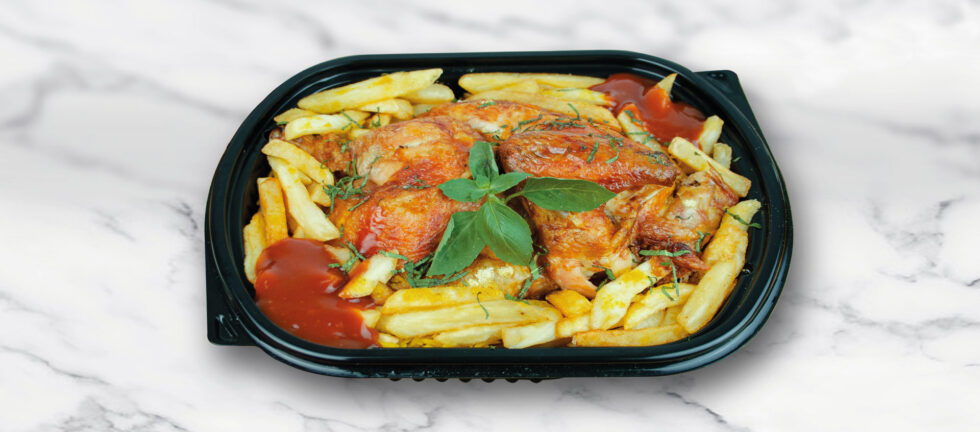PET Plastics is one of the most commonly researched plastics when looking for solutions for drinking water. Unlike other types of plastic, polyethylene terephthalate is considered safe and is represented in water bottles with the number “1”, indicating that it is a safe option. These plastics are a type of thermoplastic polymer resin, useful in various applications including in the production of synthetic fibers, in food-containing containers and in thermoforming applications.
It does not contain polyethylene – despite its name.
Date
John Rex Winfield, along with James Tennant Dixon and others who worked for Calico Printers, first patented PET plastics in 1941. Once it was established and found to be highly effective, producing products using PET plastics became more and more popular. The first patented PET bottle was subsequently filed in 1973. At that time, Nathaniel Wyeth created the first official PET bottle under this patent. Wyeth was the brother of well-known American painter Andrew Wyeth.
physical properties
A number of benefits come from using PET plastic. Perhaps one of its most important properties is intrinsic viscosity. It absorbs water from its surroundings, which makes it watery as well. This allows the material to be processed using a common molding machine and then dried.
It has an excellent level of wear resistance compared to other plastic materials.
It has a high flexural modulus (which makes it flexible.)
It has a superior level of stability which makes it versatile and robust.
It has a low coefficient of friction which makes it useful in various applications that other plastics do not have.
Plastic’s chemicals do not leach into the liquids or foods stored in them – making them one of the most important products for food storage.
Plastics’ chemicals do not leach into the liquids or foods stored in them – making them one of the most important products for food storage. These physical properties make it a useful option for manufacturers who need plastics that are safe for use with food products or for continuous use.
It is used in daily life
There are industrial and consumer uses for PET plastics. Here are some examples of the most common uses of PET:
They are commonly used in bottles and other plastic containers. This includes soda bottles, bakery products, water bottles, peanut butter bottles, and even frozen food packaging.
It is used to hold cosmetics. Since it is easy to mold, manufacturers can create very specific shapes for a variety of cosmetics.
It is commonly used to store chemicals, including household cleaners.
Why would a manufacturer switch to PET plastics when they can choose other types of materials that may be more readily available? PET plastics are durable and strong. Most applications can be used repeatedly (recycling is a possibility with these products). In addition, it is transparent, which makes it very versatile for a variety of applications. It is lockable. Because it is easy to mold into any shape, it is easy to stamp.
It is also unlikely to crash. Moreover, perhaps most important in many applications, is a cheap type of plastic to use.



